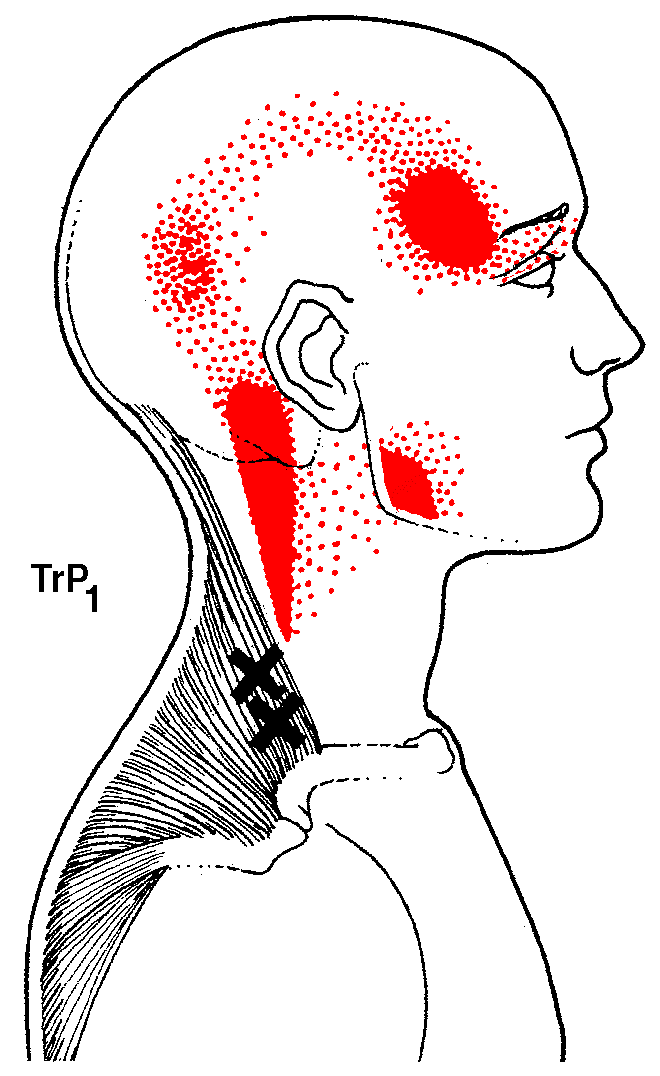

TrPs cause the muscle to shorten resulting in a chain reaction of stress to pull up or down the myofascial lines of the body. However, most people are unaware of Trigger points, as they cause chronic pain in distant sites, far away from the original muscle where the TrP has formed. For the uninitiated a trigger point is a knot in a taut band of muscle that can be very painful to touch.

In Travell and Simons book, Myofascial Pain and Dysfunction: The Trigger Point Manual, they say that 75-95% of all human pain conditions arise from Myofascial Trigger points (1). The paper also offers a graphical representation of each of the scenarios. On that basis, this paper presents four possible scenarios from the perspective of ATP demand and supply on how TrPs form: This, in turn, is caused by the shortage of ATP in the muscle cell. On the basis of the Sliding Filament Theory, it is concluded, that TrPs form because of the Actin-Myosin bond not uncoupling. The underlying cause of TrP formation is the overworking of muscles.

While the nociceptive influence of Trigger points (TrPs) is well known not much thought has yet has been given on the exact causes of why TrPs form. Theoretical Constructs for the formation of Trigger Points Top 5 massage apps for bodyworkers and massage therapists.Lower Back Pain & Thai Massage Principles.Understanding pain as a Thai Massage Therapist Menu Toggle.



 0 kommentar(er)
0 kommentar(er)
